How to Transform Your Lawn: The Single Application Solution
- March 13, 2024
- 0 comment
Every homeowner dreams of a lush, green lawn that serves as the envy of the neighborhood. Yet, achieving such a feat often seems like a complex chore involving endless products, time, and effort. What if I told you there’s a simpler way? Enter the single application solution, a game-changer in lawn care. Let’s dive into how this innovative approach can transform your lawn into a verdant oasis.
Understanding Your Lawn
The Importance of Soil Health
Soil isn’t just dirt beneath your grass; it’s a living, breathing ecosystem crucial for the health of your lawn. Healthy soil supports a diverse community of organisms, provides essential nutrients to your grass, and helps manage water retention and drainage. Here’s what you need to know about maintaining soil health:
- Soil Testing: Regular soil tests are vital. They reveal your soil’s pH level, nutrient content, and any deficiencies. Ideal pH levels for most lawns are between 6.0 and 7.0, but this can vary depending on your grass type.
- Nutrient Management: Based on soil test results, you can apply the correct type and amount of fertilizer. Over-fertilizing can harm your lawn and the environment, while under-fertilizing can lead to weak growth and increased susceptibility to pests and diseases.
- Organic Matter: Incorporating organic matter like compost can improve soil structure, enhance nutrient content, and stimulate beneficial microbial activity.
- Aeration: Compacted soil hinders root growth and water infiltration. Aeration creates small holes in your lawn, allowing air, water, and nutrients to penetrate deeper, fostering a healthier root system.
Identifying Grass Types
Knowing your grass type is crucial for providing appropriate care. Grasses are broadly categorized into cool-season and warm-season varieties, each with distinct growth patterns and care requirements:
- Cool-Season Grasses: These grasses thrive in cooler climates and have two peak growth periods in spring and fall. Examples include Kentucky Bluegrass, Perennial Ryegrass, and Fescues. They generally prefer higher mowing heights and require more frequent watering during hot, dry periods.
- Warm-Season Grasses: These varieties grow best in warmer climates and peak during the summer months. Bermuda, Zoysia, St. Augustine, and Centipede grasses fall into this category. They tend to have higher tolerance to heat and drought, often requiring less water than their cool-season counterparts.
How to Identify Your Grass Type
- Leaf Texture: Observe the width and feel of your grass blades. Fine-textured grasses like Kentucky Bluegrass are soft, while coarse-textured varieties like St. Augustine have wider, tougher blades.
- Growth Pattern: Note how your grass spreads. Some grasses, like Bermuda, spread aggressively through runners, while others, like Fescues, grow in clumps.
- Color and Dormancy: Warm-season grasses often have a vibrant green color in summer but may turn brown and dormant in cooler months. Cool-season grasses maintain their color longer into the fall and green up earlier in the spring.
The Single Application Solution
Granular Form
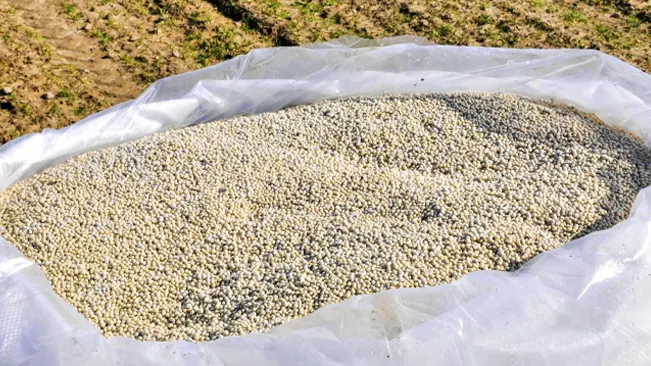
Granular products are small, solid particles that are dispersed across the lawn using a spreader. This method is particularly favored for its ease of control and uniform distribution. Homeowners appreciate granular solutions for their slow-release properties, offering a steady supply of nutrients over an extended period. This gradual nourishment supports consistent lawn growth and health without the risk of nutrient overload, which can harm the grass.
Liquid Form

Liquid solutions, on the other hand, are applied using sprayers, ranging from simple hose-end sprayers to more sophisticated equipment for larger lawns. The liquid form allows for rapid absorption of nutrients and active ingredients by the grass, providing almost immediate benefits. This can be particularly advantageous when addressing acute nutrient deficiencies or pest invasions, where quick action is necessary.
Preparing for the Application
Assessing Your Lawn’s Needs
- Conduct a Soil Test: A comprehensive soil test is the first step in understanding your lawn’s needs. This test will reveal your soil’s pH level, nutrient content, and any deficiencies or excesses. Tailoring your lawn care approach based on these results can significantly enhance the effectiveness of the Single Application Solution.
- Identify Weeds and Pests: Take a walk around your lawn and note any prevalent weeds or signs of pest infestation. Knowing the types of weeds and pests you’re dealing with will help you select a product that targets these specific issues.
- Evaluate Lawn Health: Look for signs of stress in your lawn, such as yellowing leaves, bare patches, or thinning grass. These symptoms can indicate underlying issues such as disease, poor soil health, or inadequate watering practices.
- Consider Grass Type and Growth Stage: Different grass types have varying nutrient requirements and growth cycles. Ensure the product you choose is suitable for your grass type and consider the current growth stage of your lawn to maximize the benefits of the application.
Choosing the Right Time
- Seasonal Considerations: The best time to apply a Single Application Solution varies depending on whether you have cool-season or warm-season grass. Cool-season grasses benefit most from applications in early spring or fall, while warm-season grasses prefer late spring or early summer applications.
- Weather Conditions: Ideal weather conditions can enhance the efficacy of the application. Avoid applying the product during extreme weather conditions such as drought, heavy rain, or high winds. Mild, calm weather without the immediate forecast of rain ensures the product adheres to the grass and soil, allowing for optimal absorption.
- Soil Moisture: The soil should be moist but not saturated. For granular applications, watering your lawn a day or two before can help, while liquid applications typically require dry foliage to ensure the solution adheres properly.
- Lawn Mowing: Mow your lawn 2-3 days prior to the application. This helps the product reach the soil more easily and ensures even distribution. Avoid mowing immediately after application to give the product time to be absorbed.
How to Apply the Single Application Solution: Step-by-Step Guide
Step 1: Read the Label Thoroughly
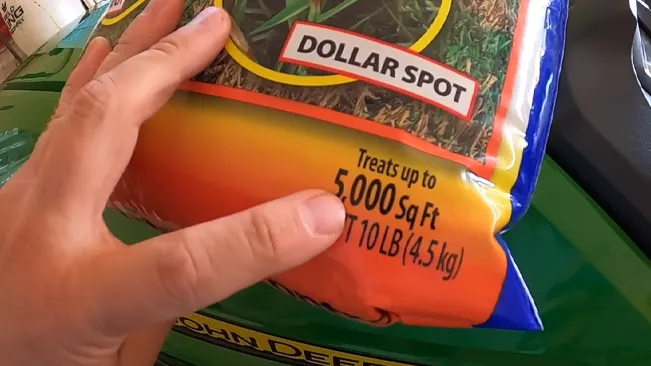
Before applying any lawn care product, it’s essential to thoroughly read its label. This label is a treasure trove of vital information, including application rates, optimal timing, and crucial safety precautions. Understanding these details ensures the product is not only suitable for your lawn’s specific needs but also guarantees its application is safe and effective.
Step 2: Prepare Your Lawn
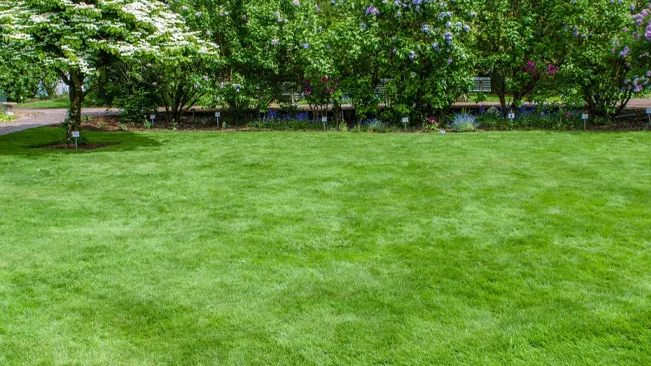
Preparation is key to ensuring the product’s effectiveness. Mowing your lawn a few days before the application can significantly enhance the product’s ability to reach the soil, leading to more uniform coverage. It’s also important to clear the lawn of any debris, toys, or large objects that could obstruct even distribution of the product.
Step 3: Choose and Calibrate Your Equipment
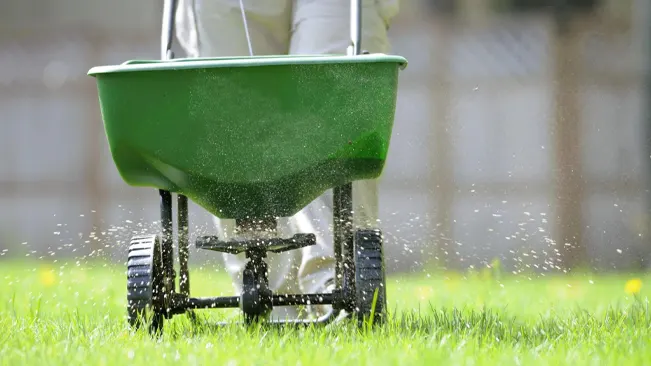
The right equipment can make all the difference. For granular products, a broadcast or drop spreader is ideal. Checking the product label for the recommended spreader setting and adjusting your equipment accordingly is crucial. Performing a calibration test on a small, measured area ensures the spreader releases the correct amount of product. For liquid products, a garden sprayer or hose-end sprayer should be clean and in proper working order, with a test spray conducted to check for consistent spray patterns if necessary.
Step 4: Wear Protective Gear

Safety should never be an afterthought. When handling and applying lawn care products, wearing appropriate protective gear, such as gloves, long sleeves, and eye protection, is imperative. This gear serves as a barrier, safeguarding your health during the application process.
Step 5: Apply the Solution
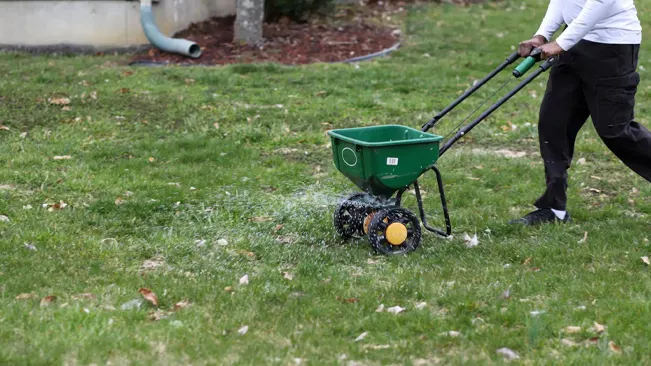
The application process varies slightly depending on the form of the product. For granular applications, start by filling the spreader on a hard surface to facilitate easy cleanup in case of spills. Begin at your lawn’s perimeter before moving in parallel lines towards the center, slightly overlapping each pass to ensure even coverage. Liquid applications involve filling the sprayer with the solution and starting from the far end of your lawn, moving backward to avoid walking on treated areas. Maintaining a consistent speed and pressure is key to achieving uniform application.
Step 6: Water-In If Necessary
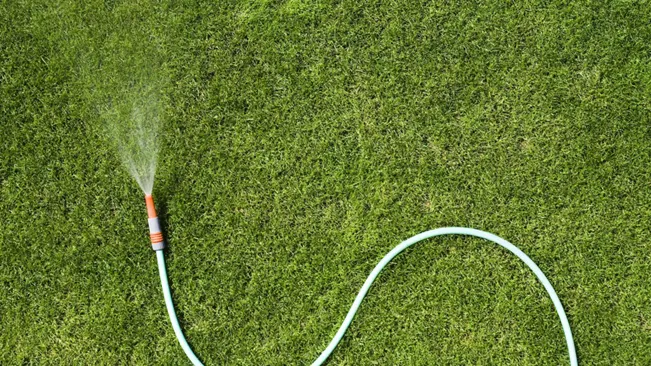
Watering in the product may be necessary to activate its active ingredients and facilitate their penetration into the soil. It’s essential to consult the product label for specific instructions regarding watering. As a general rule, it’s advisable to wait at least 24 hours before watering unless otherwise directed by the label.
Step 7: Keep Off the Lawn
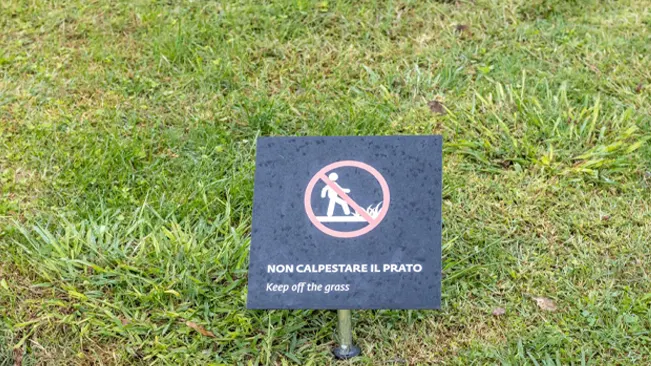
After application, it’s important to restrict access to the treated area for the duration specified on the product label, particularly for children and pets. This precaution ensures safety and allows the product ample time to take effect.
Step 8: Monitor Your Lawn
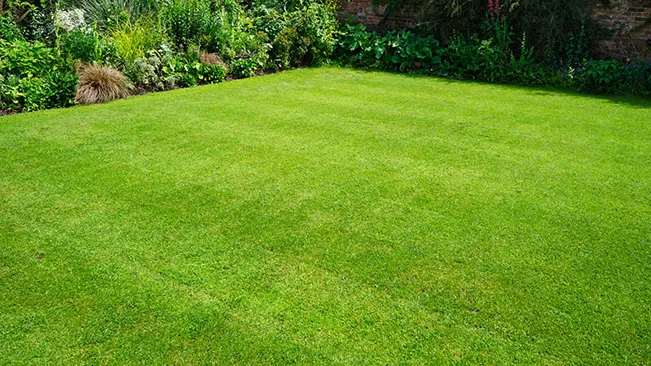
In the days and weeks following the application, closely monitor your lawn for any signs of improvement or adverse reactions. Observing changes in lawn health and weed control can provide valuable insights and inform future lawn care decisions.
Common Mistakes to Avoid
1. Ignoring Label Instructions
- Mistake: Overlooking the specific application rates, timing, and safety instructions provided on the product label.
- Consequence: Misapplication can lead to damaged grass, ineffective treatment, and environmental harm.
- Avoidance: Always read and follow the label instructions meticulously for safe and effective use.
2. Incorrect Watering
- Mistake: Watering too soon after application or providing too much or too little water to your lawn on a regular basis.
- Consequence: Premature watering can wash away the product before it’s absorbed, while improper watering habits can lead to root diseases or drought stress.
- Avoidance: Adhere to the product’s watering guidelines post-application and maintain a consistent watering schedule that provides 1 to 1.5 inches of water per week.
3. Mowing Mistakes
- Mistake: Mowing the lawn immediately after treatment or cutting the grass too short.
- Consequence: Early mowing can remove the product before it’s effective, and scalping the lawn can stress the grass, making it more susceptible to weeds and diseases.
- Avoidance: Wait a few days after application before mowing and always cut only the top third of the grass blades to maintain lawn health.
4. Overapplication or Underapplication
- Mistake: Applying the product too liberally or sparingly, either by not calibrating the equipment properly or by estimating coverage areas.
- Consequence: Overapplication can burn the lawn and harm the environment, while underapplication may lead to ineffective results.
- Avoidance: Carefully calibrate your spreader or sprayer and measure your lawn accurately to apply the correct amount.
5. Treating at the Wrong Time
- Mistake: Applying the lawn care product at the wrong time of day or the wrong season.
- Consequence: Application during the heat of the day can cause evaporation or even burn the lawn, while off-season application may render the treatment ineffective.
- Avoidance: Apply treatments during cooler parts of the day and in the appropriate season for your grass type.
6. Neglecting Lawn Health
- Mistake: Focusing solely on the application and ignoring overall lawn health factors like soil quality, aeration, and thatch management.
- Consequence: Even with the best treatments, neglected lawns can struggle due to compacted soil, excessive thatch, or nutrient imbalances.
- Avoidance: Conduct regular soil tests, aerate as needed, and manage thatch to maintain a healthy environment for your grass.
7. Disregarding Safety Precautions
- Mistake: Not wearing protective gear or failing to keep children and pets off the treated lawn for the recommended period.
- Consequence: Exposure to chemicals can pose health risks to you, your family, and your pets.
- Avoidance: Wear the recommended protective gear during application and respect all safety advisories regarding lawn re-entry times.
Conclusion
In summary, a healthy, vibrant lawn is achievable with the correct application of a Single Application Solution and attentive care thereafter. Success hinges on following the product guidelines closely, maintaining proper watering and mowing habits, and steering clear of common errors like improper application or neglecting lawn health. By fine-tuning your approach to match your lawn’s needs and staying consistent with care, you can sidestep common setbacks and enjoy a flourishing outdoor space.
FAQs
- What is a Single Application Solution?
It’s a lawn care product that simultaneously addresses multiple needs like fertilization, weed control, and sometimes pest prevention in one application. - When is the best time to apply a Single Application Solution?
Optimal application times vary, but generally early morning or late afternoon is best, ensuring no rain is forecasted for 24 hours. - How often should I apply a Single Application Solution to my lawn?
Follow the product label for frequency; typically, once in spring and once in fall suffices. - Can I water my lawn immediately after applying the solution?
This depends on the product instructions; some require immediate watering, while others suggest waiting 24 hours. - How soon after application can I mow my lawn?
Waiting 2-3 days post-application is usually recommended to allow effective absorption. - What should I do if it rains after I apply the solution?
If heavy rain occurs unexpectedly within 24 hours of application, you may need to reapply, depending on the product’s advice. - Can the solution harm my pets or children?
It’s advised to keep pets and children off the lawn until it’s dry and the product is absorbed. Always follow label safety instructions. - What are the signs that the product is working?
Look for greener grass, reduced weeds, and overall healthier lawn growth as indicators of effectiveness. - What if I accidentally apply too much of the product?
Over-application can be harmful; dilute the area with deep watering and monitor your lawn for stress signs. - How do I know if my lawn needs a Single Application Solution?
Uneven growth, discoloration, weed prevalence, or pest damage are signs your lawn might benefit from a comprehensive treatment like a Single Application Solution.

Joel Cunningham
Forestry AuthorI'm Joel Cunningham, an expert in pruning and weed management with over a decade of experience. My skills are rooted in formal training and extensive practice, focusing on advanced pruning techniques and efficient weed control. I'm known for my quality work, precision, and deep understanding of plant health and soil dynamics. My contributions extend to educational initiatives where I share sustainable practices and advice, establishing myself as a reliable and authoritative figure in the gardening community.


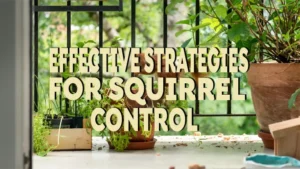










Leave your comment